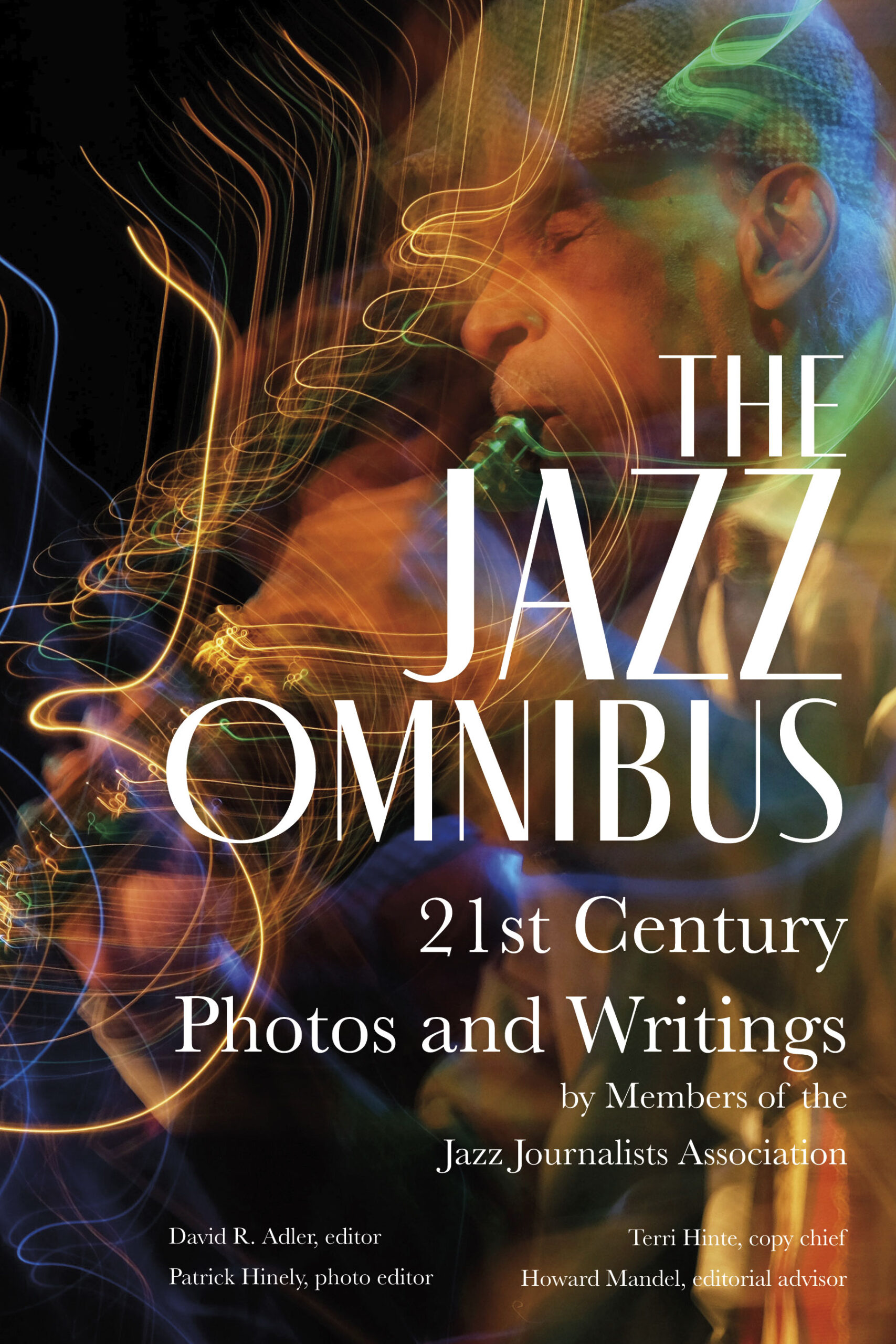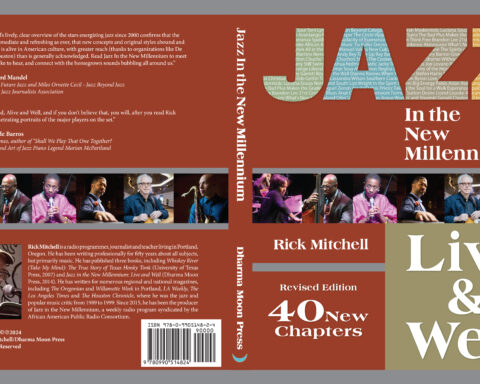A chart graphing year-end shipment statistics from the Recording Industry Association of America (RIAA)  from 1973 until 2009, prepared and issued by Bain, reveals the dramatic growth and decline of sales of recordings in all commercial formats from 1973 to 2009. According to the graph, LPs/EPs and 8-track tapes at the start of the era analyzed were responsible for approximately $2.5 billion in sales, which reached a peak of nearly $15 billion around 1998, tapering off to about $8 billion (digital sales included) by the last year for which data was made available.
from 1973 until 2009, prepared and issued by Bain, reveals the dramatic growth and decline of sales of recordings in all commercial formats from 1973 to 2009. According to the graph, LPs/EPs and 8-track tapes at the start of the era analyzed were responsible for approximately $2.5 billion in sales, which reached a peak of nearly $15 billion around 1998, tapering off to about $8 billion (digital sales included) by the last year for which data was made available.
The data as visualized shows the rise and fall to nearly zero of 8-track tapes, lps and eps (as one format) and tapes (presumably pre-recorded cassettes). CDs, introduced in 1984, grew sales from approximately 4.75 billion to a $15 billion ’98 high, fell to about $12 billion by the end of 2003 then regained something like half a billion in 2004 when digital formats began to be tracked. Since then, digital formats have added one billion or more to total sales figures for recordings, with the percentage of digital sales increasing in 2007 to be measured at almost $3 billion compared to about $5 billion for CDs in 2009.
Recording sales are not broken out by genre in this chart, but the RIAA’s 2008 “Music Consumers Profile” contains data reviewing almost a decade of business. According to the published figures, jazz sales equaled 3.0 per cent of total sales in 1999, hit 3.4 per cent in 2002, dropped to 1.8 in 2005, and in 2008 registered a mere 1.1 per cent of sales. In almost every year classical sales trump jazz sales; religious music sales are in the 3.9 to 6.7 range; pop, country, urban/R&B and hip-hop each claim numbers in the low double digits, and rock accounts for between 24.8 and 34 per cent of year end shipments. Other data measures formats, channels, consumers’ ages and genders.






Aside from that's it's wonnerful to learn about the decline and fall of 8-track tapes, the RIAA figures on jazz sales have been a thorn in my side for decades and I have often mentioned this in print. They do not take into their purview anything but major labels--no imports (recall the bygone days of Tower and other catalog stores and the amount of imported jazz? Still to be found at J&R, the sole remaining well-stocked jazz record store in NYC), no small independents, no (in more recent years) artist-produced. So no wonder, and for same reasons, their classical figures suck as well. RIAA in general is not an organization that should be beloved by jazz fans--it's an industry arm.
$author! I didn't have any idea that this blog even was out here. I am coming back to give credit to this internet site.